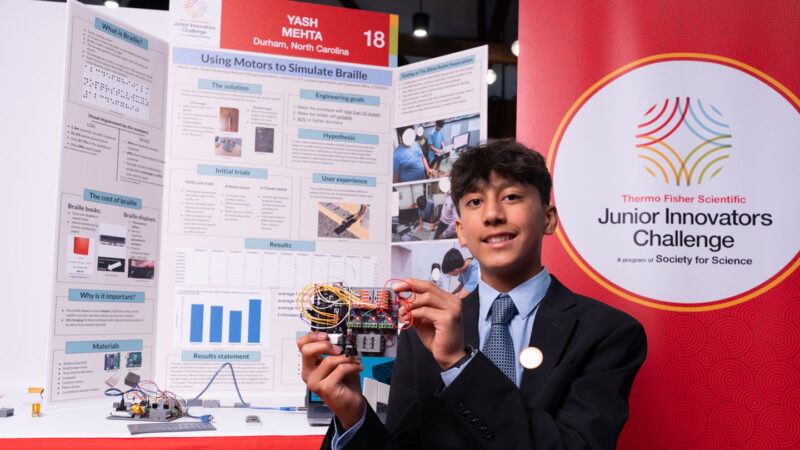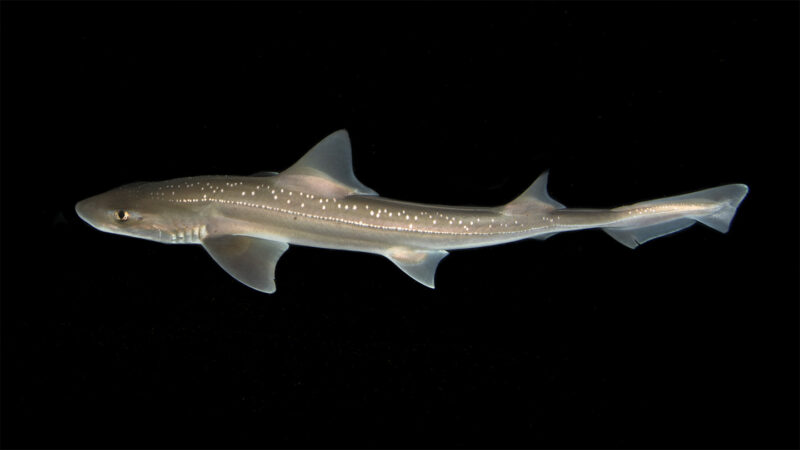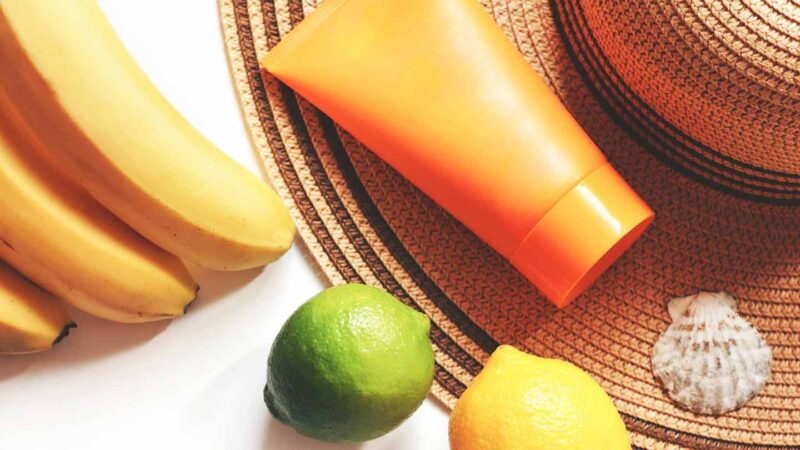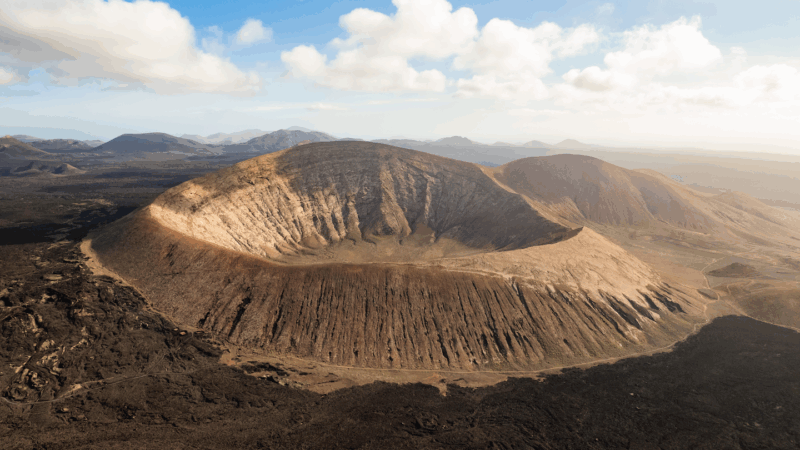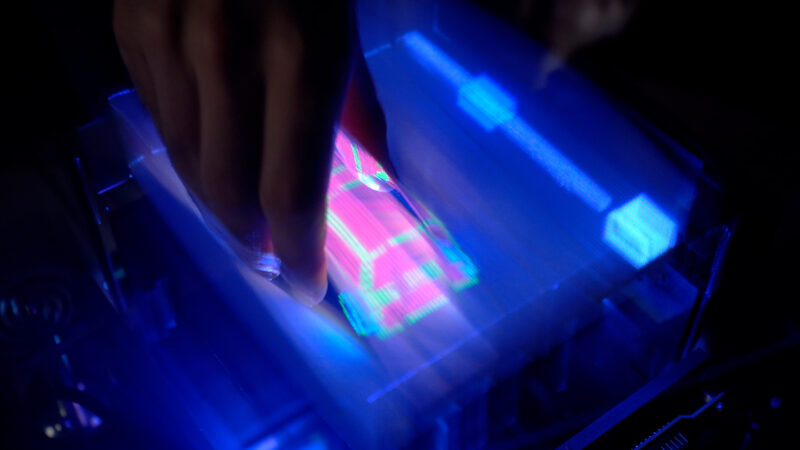Yash Mehta, 14, got the idea for his first science fair project on a trip to Old Delhi, India. There, he visited a school for blind students. Yash noticed that none of these students used electronic braille readers. They were just too costly. So once he got home, he built a more affordable one.
Yash’s device uses tiny spinning motors to create vibrations. They feel like the bumps of braille letters. Then, he tested it with students at the Blind Relief Association in New Delhi, India. Students were able to read braille on his device with 86 percent accuracy, compared with print braille.
An aspiring engineer, Yash did this project as an eighth grader at the Durham Academy in Durham, N.C. His research earned him a finalist spot in the 2024 Thermo Fisher Scientific Junior Innovators Challenge. He also won the first-place Technology Award at the competition. This program is run by Society for Science, which also publishes Science News Explores.
Here, Yash shares his science fair experiences and advice.
What was your favorite part of this project?
“I’ve always been a hardware guy. I’ve never been capable of software,” Yash says. But building his device required learning how to code. He learned a lot from watching YouTube tutorials and reading Reddit threads. Picking up that new skill was cool. “But I would still say hardware was my favorite part,” he says. “I love 3-D modeling, so having everything fit in the first time, it was just pure excitement.”
What’s the most important thing you learned?
“Use your mistakes to your benefit,” Yash says.
At first, he wanted to build a braille display based on a TENS machine. This type of device uses electric current to relieve pain. Yash thought electrical pulses could mimic the feeling of braille bumps on users’ fingers.
But it didn’t work.
“Once I tried out the TENS unit and realized it didn’t work, I had most of the stuff already done,” Yash says. “I only had to change the actual way of spreading information to the finger.” Figuring out he didn’t have to start from scratch helped Yash power through the development of his motor-based device.
What’s next for you?
“I’m planning on adding OCR” into the device, Yash says. OCR stands for optical character recognition.
Right now, Yash’s machine translates text from a computer into braille letters. But with OCR, it could translate printed text or handwritten notes into braille. “I would probably go back to the Blind Relief Association and get more feedback with my new prototype,” he adds.
Any advice for science fair newbies?
“Try to find something that you think could be done at your skill level,” Yash says. “Even if you have to grow a little bit more in knowledge.” Also, ask people in your community what problems they need solved. “I think that’s the most important part — getting first-hand feedback.”

